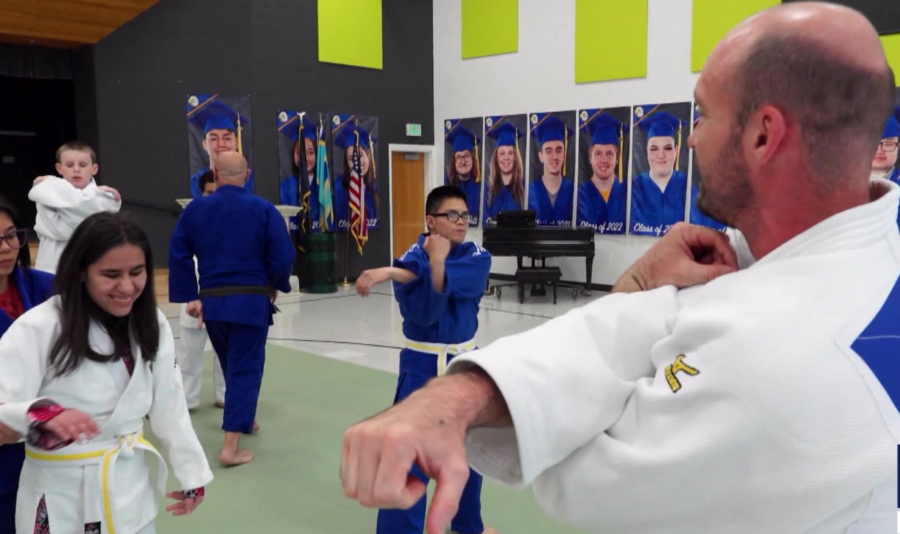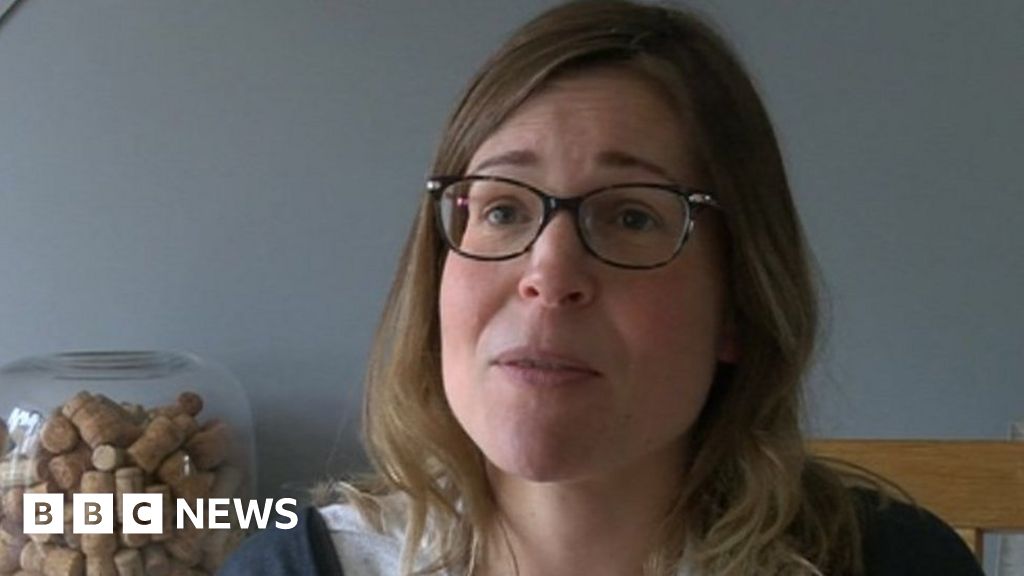Marfell school students show the way by turning lunch waste into compost

Kate Judson/Stuff
Raven Urlich, 9, and Locky Collinson, 10, at Marfell Community School with the lunch scraps they are turning into compost.
Two young New Plymouth students are showing other schools how it’s done, as they help make their healthy lunch programme totally waste free.
Marfell Community School’s Locky Collinson, 10, and Raven Urlich, 9, can tell you a lot about the ins and outs of gardening, as they are part of a group who help look after its on-site garden.
They also have a key role in making sure the school’s composting programme runs smoothly, an initiative which has been praised by Sustainable Taranaki and the New Plymouth District Council (NPDC) for “closing the loop” and completely cutting out food waste.
The results benefit the school’s flourishing garden, which pays dividends for the boys’ bellies too.
“We eat it,” Raven said of the silverbeet, carrots, beans, other vegetables and fruit which end up on their plate.
READ MORE:
* How one school kitchen feeds more than 2000 people in Manurewa every day
* Lunches break down barriers at Kaikōura school
* Government’s school lunch programme helps most disadvantaged kids, inconclusive about school attendance
The school has benefited from the Government-funded Ka Ora, Ka Ako healthy schools lunch programme, for two years.
The lunchtime kai is prepared by volunteers, but coming up with a solution about what to do with the food waste was an issue.
The school attempted to compost it, but their initial attempts were not successful, leaving behind a foul smell for a time, which attracted a rat to take up nearby residence.
But the school, with some guidance from Sustainable Taranaki’s Brittany Ryan, went back to the drawing board, coming up with a model which now worked a treat.
Getting the carbon and nitrogen ratios right was the first step, along with adding layers of grass clippings, hay and soaked cardboard.
Separating out the food waste was also an important factor, with the fruit and vegetable scraps put on the compost heap, and meat, dairy and bread leftovers set aside for collection by a local pig farmer.
Buckets to collect food scraps were also stationed in the classrooms to capture the morning tea remnants, and the prepared lunches were served on reusable trays.
Ryan said the model used by the Marfell students, which recently won an award from NPDC’s zero waste team, was one others could follow.
She said it was great to see the school community get behind the composting initiative, as it gave the likes of Locky and Raven a chance to learn life-long skills.
“They know a lot more than I did at their age.”
Any schools part of the Ka Ora, Ka Ako lunch programme who are interested in reducing their waste can email [email protected].













